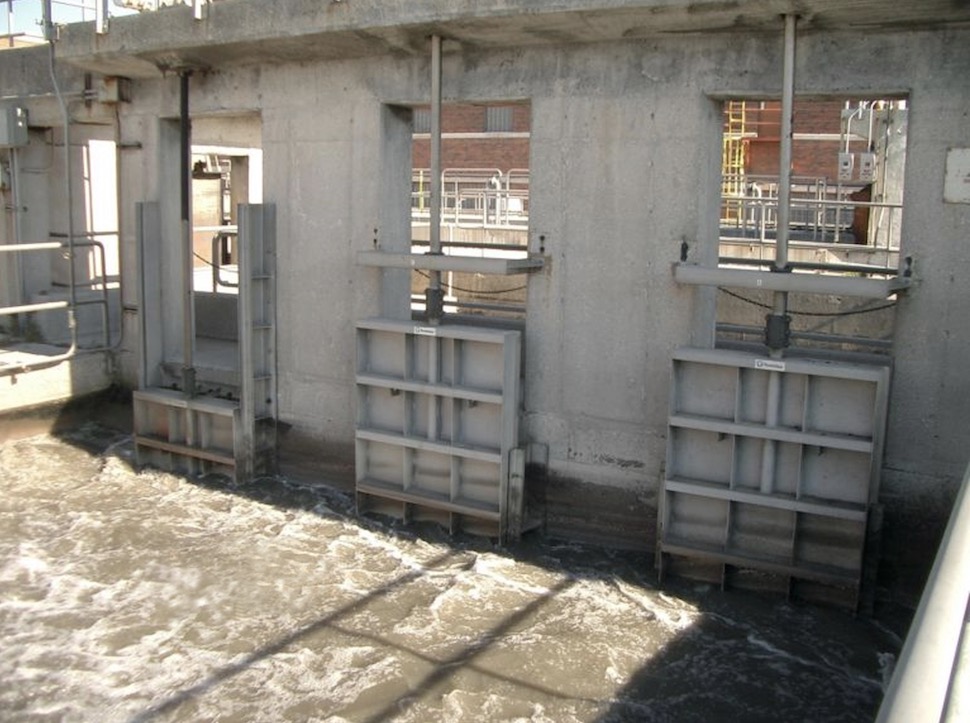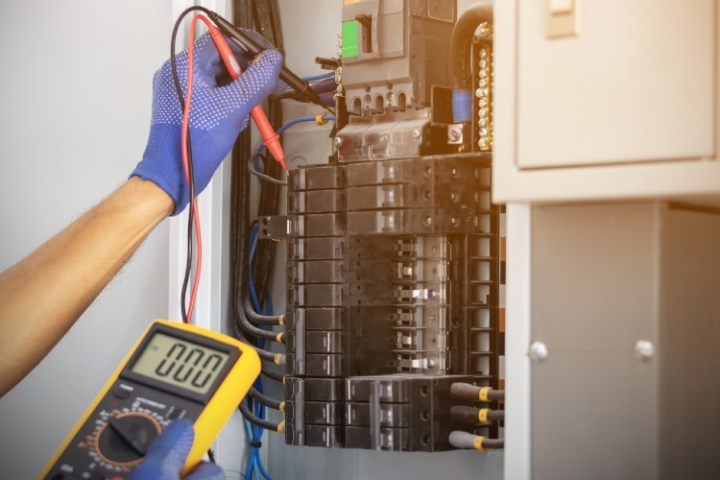
In an age where sustainability and infrastructure resilience are at the forefront of public planning, efficient water management has never been more critical. From stormwater systems and irrigation networks to water treatment plants and flood control infrastructure, the materials used to construct these systems play a pivotal role in their effectiveness. Among the most reliable and adaptable of these materials are aluminum plates.
Known for their lightweight strength, corrosion resistance and long lifespan, aluminum plates have earned their place as a foundational component in water management solutions. Their ability to perform under pressure — both literally and figuratively — makes them an ideal choice for applications ranging from flow control to structural support.
Resilience Where It Matters Most
Water management systems are exposed to some of the harshest environmental conditions. Whether submerged in corrosive wastewater or operating in salt-laden coastal zones, materials must be able to withstand constant exposure without degrading over time. This is where aluminum plates excel.
Unlike steel or other ferrous metals, aluminum naturally forms a protective oxide layer that resists corrosion. This is particularly valuable in systems where water pH levels vary or where exposure to chemicals and salts is unavoidable. In these environments, aluminum plates offer a stable, long-lasting alternative that maintains its integrity without requiring heavy coatings or ongoing maintenance.
For flood control systems, aluminum plates are often used in the construction of sluice gates, weirs, flap valves and other flow regulation equipment. Their corrosion resistance ensures that these components function reliably through prolonged contact with water, sediment and debris — key to preventing system failures during storm surges or rapid discharge events.
Strength Without the Weight
One of the defining characteristics of aluminum plates is their high strength-to-weight ratio. In water infrastructure projects where large components must be lifted, installed or adjusted regularly, weight becomes a critical consideration. Heavy steel plates require larger lifting equipment and increase transportation and installation costs. In contrast, aluminum plates can often be handled manually or with smaller machinery, reducing both time and expense.
This weight advantage also opens up new possibilities for modular water systems, such as temporary flood barriers or transportable treatment units. These mobile structures benefit from the lightweight nature of aluminum plates, which make them easier to deploy quickly and dismantle when needed. For emergency management authorities and utilities, that can translate into faster response times and improved operational agility.
Precision for Flow Control Applications
In applications where water flow must be precisely regulated, aluminum plates offer the machinability and dimensional stability required for tight tolerances. In gates and shutters, for instance, precision-engineered aluminum plates ensure smooth operation and minimal leakage. Because the material resists warping and corrosion over time, performance remains consistent even under fluctuating pressures or after repeated use.
Aluminum plates can be CNC-cut to exact specifications and fabricated into custom profiles, allowing engineers to tailor components to each project’s unique requirements. Whether it’s an industrial water treatment plant with automated flow gates or a local council managing water runoff in residential areas, aluminum offers the flexibility to meet both technical and regulatory standards.
Sustainability Built In
As cities and regions adopt greener infrastructure goals, the environmental footprint of construction materials is becoming a key selection criterion. Aluminum plates support these goals in two major ways: through durability and recyclability.
First, aluminum’s longevity means fewer replacements and less waste over time. Systems built with aluminum plates require less maintenance and can remain in operation for decades, reducing the need for resource-intensive repairs or rebuilds.
Second, aluminum is one of the most recyclable materials in the world. It can be reprocessed repeatedly without losing its properties, making it a true circular material. In water infrastructure projects with long-term sustainability goals or environmental certifications, this recyclability can help improve lifecycle assessments and support compliance with green building frameworks.
A Material That Supports Innovation
Water management challenges are becoming more complex, driven by changing climate patterns, urbanisation and increased demand. In response, engineers are looking for materials that allow them to design smarter, more adaptable infrastructure — and aluminum plates are proving to be a key part of that innovation.
From custom flood gates that respond to real-time data, to decentralised treatment systems for remote communities, aluminum plates are helping to create solutions that are lighter, faster to deploy, and more cost-effective over their lifespan.
By combining durability, adaptability and a low environmental footprint, aluminum plates are uniquely positioned to support the future of water infrastructure. Whether used in large-scale civil works or in targeted local upgrades, they bring dependable performance and design freedom to one of the world’s most critical resource challenges — water.





More Stories
The Ultimate Guide to Using Carpet Protection Film at Home
A Complete Guide to Finding the Right Interior Design Firms in Los Angeles
Electrician cedar park: How to Prepare Your Home for an Electrical Inspection